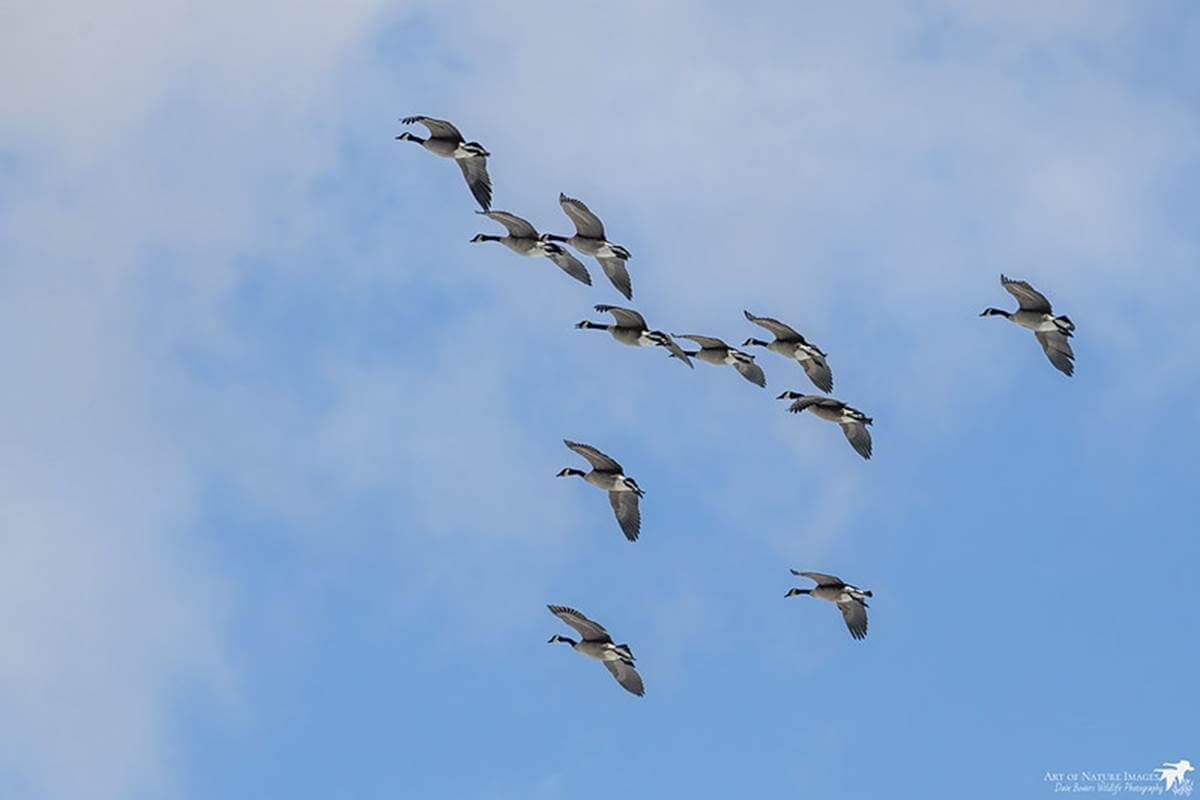Support grows for innovative project on Oregon Coast
Ducks Unlimited has begun the second phase of engineering and modeling for the Nestucca Bay National Wildlife Refuge
Ducks Unlimited has begun the second phase of engineering and modeling for the Nestucca Bay National Wildlife Refuge

Ducks Unlimited has begun the second phase of engineering and modeling for the Nestucca Bay National Wildlife Refuge - Bay Unit Improvement Project with recent funding support from The Nature Conservancy (TNC) and Portland General Electric (PGE).
Established in 1991 by the US Fish and Wildlife Service (USFWS), the Nestucca Bay National Wildlife Refuge is the largest federal refuge on the Oregon Coast with management priorities to provide wintering habitats for six subspecies of Canada Geese, including Dusky and Aleutian Canada Geese, as well as anadromous fish species in the Nestucca River watershed, including Coho, Chinook and Chum salmon.
The Bay Unit is primarily managed as short-grass pasture habitat for geese, which requires the use of tide gates, levees, ditches, and cattle. Due to old and failing infrastructure, upgrades and improvements are needed to maintain desirable pasture conditions. The project will also provide improved access and forage opportunities to native salmon populations.
Monitoring and habitat assessments are being conducted by the USFWS and the Confederated Tribes of the Siletz Indians. Funding secured by DU in 2019 from the Oregon Watershed Enhancement Board supported preliminary design, modeling and pre-design assessments. As the second phase of engineering and permit review progresses, DU and partners will seek funding for the final engineering phase. USFWS will provide the primary source of funding for the construction activities, which are scheduled to begin this summer.
Goals for the Bay Unit Project are to produce economic and environmental outcomes that can be considered as a model along the Pacific Coast where improvements can be made to maintain working ag lands, and also provide benefits to wildlife, anadromous fish and other aquatic species. Infrastructure improvements for the Bay Unit will include installing modern tide gates that allow fish access and passage, recontouring drain ditches to mimic natural channels and streams, and the inclusion of instream features to enhance interior aquatic habitat diversity.
Ducks Unlimited uses cookies to enhance your browsing experience, optimize site functionality, analyze traffic, and deliver personalized advertising through third parties. By continuing to use this site, you agree to our use of cookies. View Privacy Policy